|
In my artworks i am very much inspired by the Hamsa Hand symbol - and so, if you've reached my website and you're wondering what a Hamsa Hand is, then i've gathered some of the most common questions that i'm asked, in this blog post to give a quick and easy overview! If you'd like to read more about the origins and history of the Hamsa Hand symbol you can do so in my Hamsa Hand article here on my blog, where i've also written about the symbolic elements that are often seen within the Hamsa Hand! 1. WHAT IS A HAMSA HAND? The Hamsa Hand is a symbol in the shape of an open hand with five fingers. The Hamsa Hand shows the palm of the hand toward the viewer, and it is thought to be an amulet for good luck & protection from negative forces, such as the evil eye. The Hamsa Hand amulet is worn as jewelry, hung on walls in the home, in businesses, on front doors and is often given as a gift! 2. WHAT DOES THE WORD 'HAMSA' MEAN? 'Hamsa' comes from Arabic and means 'five' - it represents the 5 fingers of the hand. In Hebrew the word for 'five' is Hamesh, however the symbol is most commonly referred to using the Arabic term, yet kan also be spelled in different ways i.e. Khamsa. 3. WHAT DOES THE HAMSA HAND REPRESENT? The Hamsa Hand has many different cultural variations, but overall it's a positive symbol that represents protection from negative energies, promotes health, happiness, good luck, abundance, fruitfulness and good fortune. There is usually an eye in the palm as this eye is thought to protect against the evil eye (in hebrew it's called 'Ayin HaRa'). 4. DOES THE NUMBER 5 REPRESENT ANYTHING IN THE HAMSA? The five fingers have been connected in various ways in different cultures and religions. In Islam the Hamsa Hand represents the five pillars of Islam. In Judaism the Hamsa Hand represents the five books of Moses. It's also associated with the five fingers that are connected to the five mudras, the five Buddhist teachings & the five human senses. 5. WHAT ARE THE DIFFERENT NAMES OF THE HAMSA HAND SYMBOL? Because of the Hamsa's different meanings and interpretations in different religions and cultures it is also called The Hand of Fatima (Islam), The Hand of Miriam (Judaism) & The Hand of Mary (Christianity). It is also sometimes known as 'The Healing Hand'. 6. DOES IT MATTER IF THE HAMSA HAND FACES UP OR DOWN? As you've probably noticed, sometimes the Hamsa Hand is pointing the palm upwards and sometimes it's facing downwards. Since it's not an exact science it's of course left to interpretations and different assigned meanings, but in general there is no difference and the symbol can be used in both ways! 7. WHERE DOES THE HAMSA HAND COME FROM? The Hamsa Hand can trace it's origins back to ancient times, to Egypt, various mythologies, religions and regions. The Hamsa Hand as we know it today is most commonly known in it's shape and form as a symbol originating in Mesopotamia (modern day Iraq) and North Africa & The Middle East. You can read more about it's origins and entrance in to the Jewish culture in my article about the Hamsa Hand. 8. WHY DO I SEE THE HAMSA HAND IN MANY YOGA STUDIOS? The Hamsa Hand symbol has been increasingly adopted in the Western World where it's positive qualities and symbolisms of protection from negativity and evil forces resonates well with the modern day yoga practitioners. The Hamsa hand in Buddhism and Hinduism represents the chakras, the five senses and their different mudras- special hand gestures. These mudras are believed to re-direct energy flow throughout the body and the Hamsa Hand is therefore a natural fit in the Yoga practitioners world. 9. DO YOU NEED TO BE RELIGIOUS TO USE OR WEAR A HAMSA HAND? Not at all! The Hamsa Hand speaks to many people who enjoy it either for it's positive qualities as a good luck charm or as part of their own culture or because they like the different meanings and artistic expressions of the Hamsa Hand. 10. WHY DO YOU THINK THAT THE HAMSA HAND HAS BECOME POPULAR IN THE WESTERN WORLD? In the Western World the Hamsa Hands presence is increasingly felt as it can be worn or shown off in the home, also by non-religious people. Religious, spiritual or not, the Hamsa Hand seems to satisfy a human need to protect one-self and loved-ones from bad energies and jealousy and it speaks to people's inner wishes to connect with the positive aspects such as good luck, prosperity, health and protection. It has become a popular symbol within fashion and popular culture too because many celebrities and people who - with the rise of social media- are very much in the eye of the public. This may increase the need to connect with the protective aspects of the Hamsa Hand symbol. Meghan Markle, the duchess of Sussex, has even been spotted wearing Hamsa Hand jewelry. You can read more about the symbols i use in my art on on my website blog such as articles about the Hamsa Hand, The Eye, The Fish, The Dove, The Eagle, The Double-Headed Eagle, The Tree of Life, The Chai, The Pomegranate, The Hebrew Letters and more! Feel free to write to me through my website if you have any questions you're curious about.
0 Comments
In English the hamsa hand is often referred to as ‘the hand of God’ and sometimes ‘the healing hand’. The hamsa hand is a thought to be a popular symbol and can be found throughout the Middle East and northern Africa, in particular among the Islamic and Jewish faiths. Among Levantine Christians it is called 'the hand of Mary', for the Virgin Mary. As a Muslim symbol the hamsa hand is known as ‘the hand of Fatima’ referring to Fatima the daughter of Muhammad. In Islamic culture it is thought to be a symbolic representation of the five pillars of Islam. As a Jewish symbol the hamsa is related to as ‘the hand of Miriam’. The hamsa hand is however a universal protective symbol thought to provide its owner happiness, luck, good health, and good fortune. The hamsa also offers guards from harm caused by the evil eye. Below are two examples of my unique Hamsa Hand artwork that i create in ink. Check out my Hamsa art on my website & find beautiful art prints in my shop! ORIGINS OF THE HAMSA HAND As with most ancient symbols it can very be hard to trace the exact date and origins of the hamsa hand. Different scholars believe that the the symbol is of Pagan origin, later adopted by various religions. Possibly the hamsa hand symbol originates from Mesopotamia (modern day Iraq and parts of modern-day Iran, Syria and Turkey), ancient Egypt or Carthage (modern day Tunisia), where a Punic and Phoenician goddess Tanit was worshipped. Some turn to Egypt to trace the Hamsa hand source, referring to the Hand of the All-Goddess, Isis whilst in Greece, the symbolism was seen in connection to Aphrodite. Yet another historic pre-curser or link to the hamsa hand is an amulet which was known to ancient Egyptians as the 'Two Fingers'. The 'Two Fingers' amulet was worn as a protective talisman by both the living and the deceased. It represents the medius and index fingers.
THE SHAPE OF THE HAMSA HAND SYMBOL The Hamsa can appear in different shapes, sometimes the palm is pointing upwards and at other time downwards, which invite many different interpretations. Some hamsas can be found with two symmetrical thumbs as well as asymmetrical. Either form may be displayed with the fingers pointing up or down. The centre of the palm is very often decorated with other symbols, especially the eye, yet various cultures may decorate the hand with symbols and images that are relevant to them. THE HAMSA HAND IN THE JEWISH WORLD People have mostly associated the hamsa hand with Islam. Its way into Jewish culture, and its popularity in Jewish Sephardic and Mizrahi communities, can also be traced through its use in Islam. Over time, the hamsa hand has undergone a kind of ‘Judaization’ which has led to the acceptance and legitimization of the hamsa hand symbol in the entire Jewish world. It is also considered a very popular and treasured object in the modern State of Israel where it is increasingly embraced by the secular Israeli population as well. According to some scholars this process could happen because Jews in both Christian Europe and Islamic countries take on the folkloric elements of their host cultures. Among Jews living in other Islamic countries, including Iran, Afghanistan, Bukhara, Iraq, and Kurdistan the hamsa hand was very popular and often used at home as well as in the synagogues (Sabar, 2002).
For Jewish believers, the shape of the open hand also drew connections to the hands of priests (kohanim) who impart their blessing worshippers attending the ceremonies. Among the Jews of Europe they continued to use the stretched out hand as a characteristic sign of the priesthood. The hand in some circumstances thus played a dual role; for example, on a Torah ark curtain from Istanbul a pair of blessing hands appear representing the priestly blessings.
The tablet was hung on the wall as an amulet for protection, and on it above the fingers is written ‘safe-guard against the evil eye´, which points to the role of its more magical properties. The tablet is most likely based on the popular Islamic type depicted below, although the Jewish version is embedded with traditional Jewish ideas. The power and protective elements of the number five has been linked in various ways, for example that it was on the 5th day of Creation that the biblical blessings for the fish were spoken. The fish are in themselves symbols of success and fertility (Sabar, 2002) THE HAMSA HAND'S REVIVAL The Hamsa hand is today a fashionable and popular symbol that is increasingly embraced by Western cultures as well. It can be seen in fashion as well on objects and unique artwork which find its way into people's homes. There can be many reasons for this openness and usage for the ancient symbol in the Western cultures, beyond the aesthetic and fashionable aspect. Perhaps with the rise of social media where we expose our lives to a higher degree and reveal our successes and good fortune, there is also a higher need to seek out protective defense mechanisms, such as from ancient symbols as the Hamsa hand.
READ MORE ABOUT SYMBOLS USED IN THE HAMSA HAND Explore the different symbols i use in my Hamsa Hand artwork such as the dove, the eye, the eagle, the double-headed eagle, the tree of life, the fish and the pomegranate fruit ! You can also shop unique HAMSA HAND ART PRINTS in my Etsy store online and explore the Hamsa Hand art on my website ! FOLLOW ME ON FACEBOOK / INSTAGRAM Sabar, S. (2002). From Sacred Symbol to Key Ring: The Khamsa in Jewish and Israeli Societies
|
MAY-BELL
|
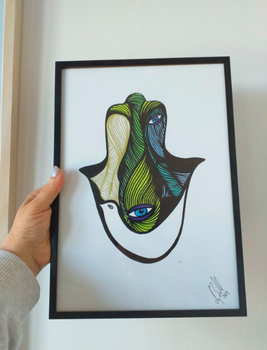
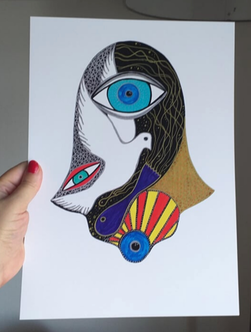
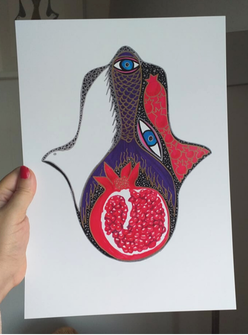
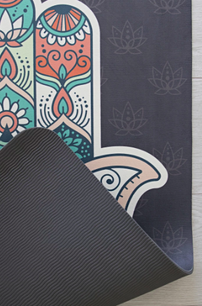

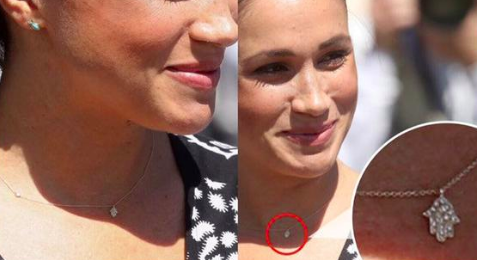
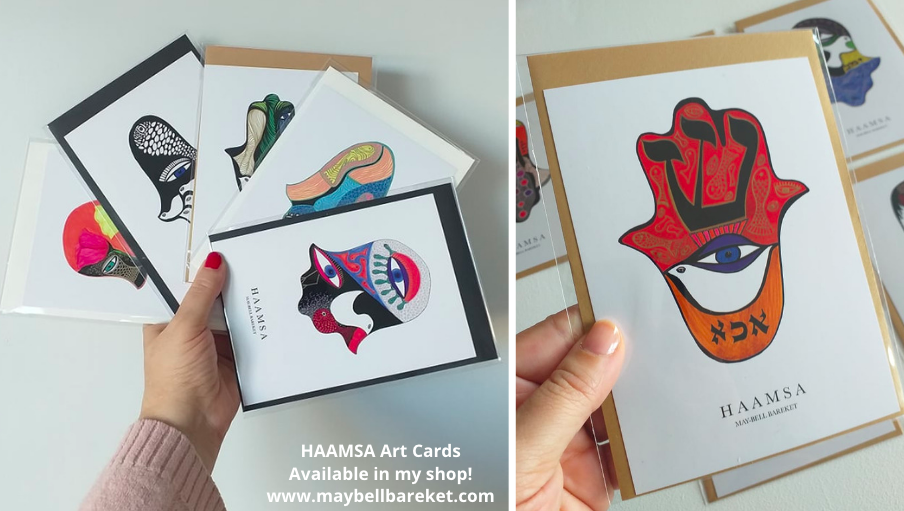
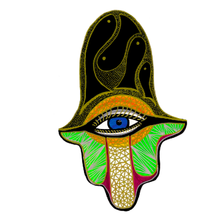
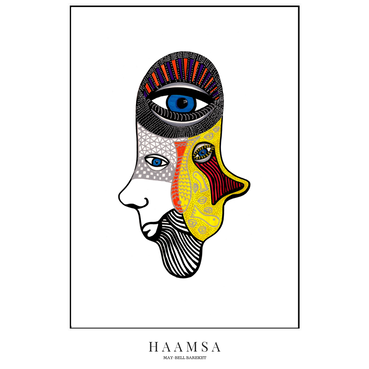
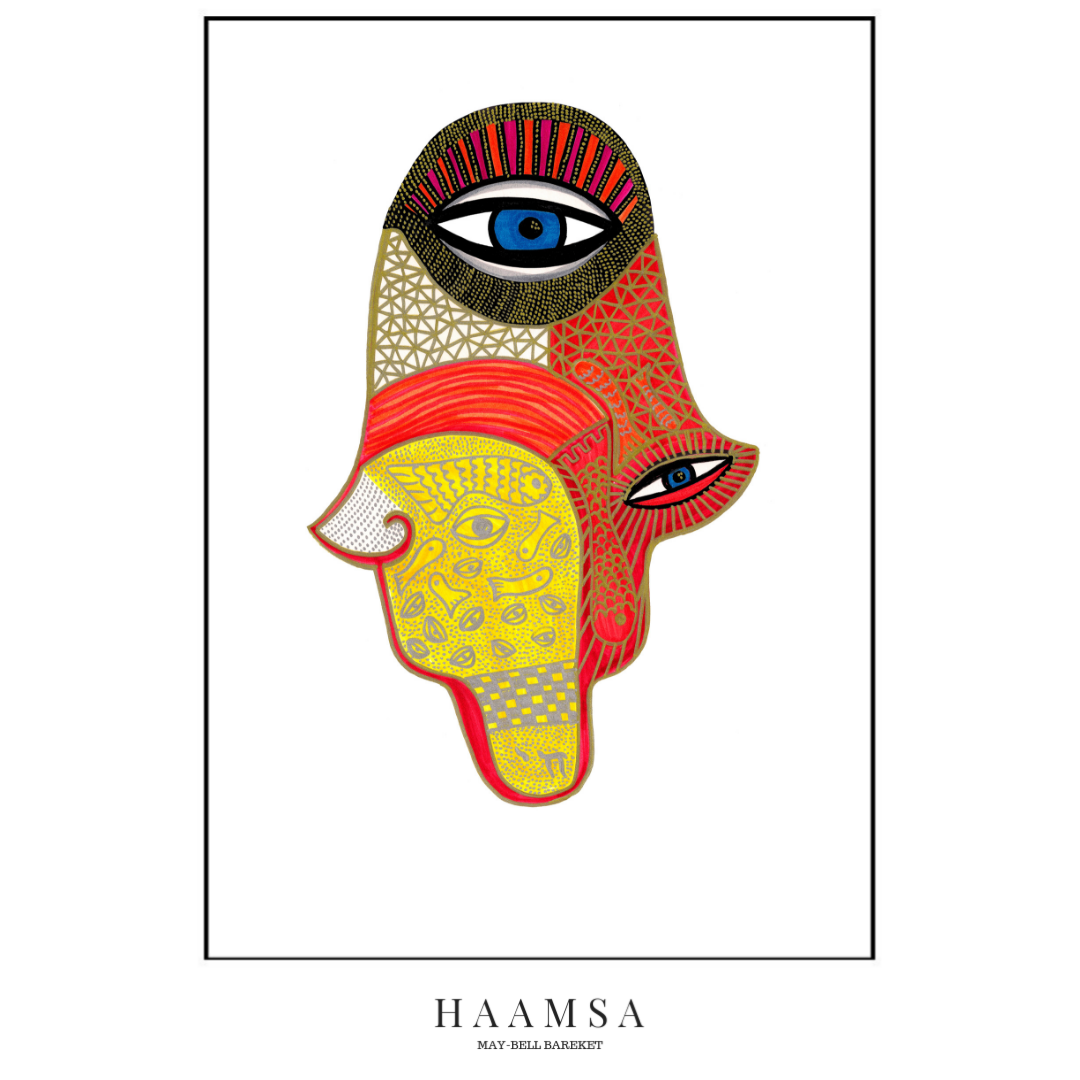
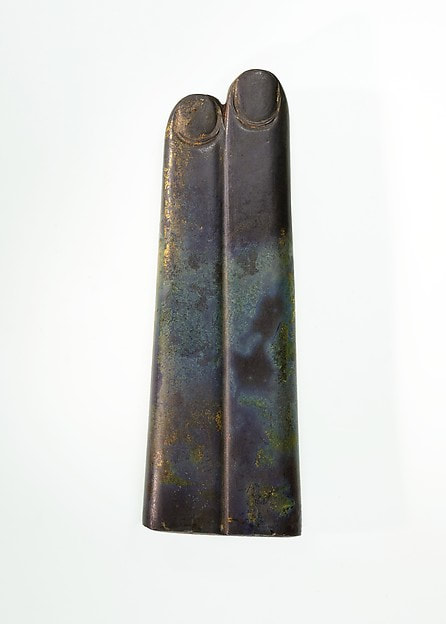
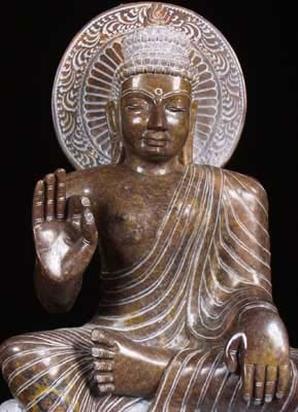
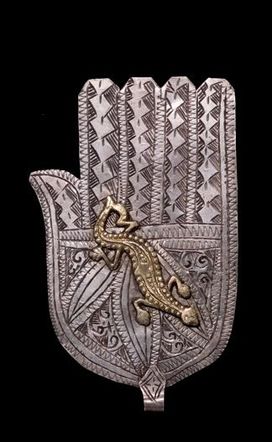
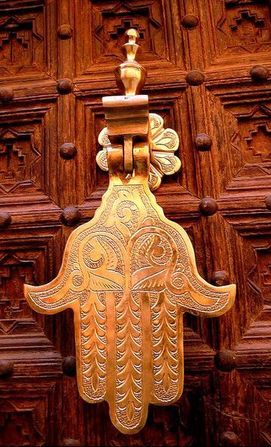
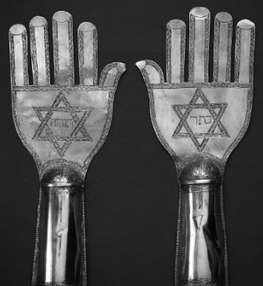
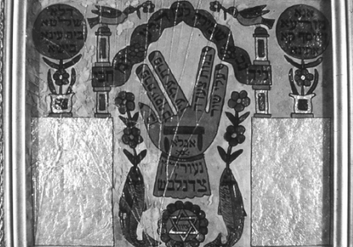
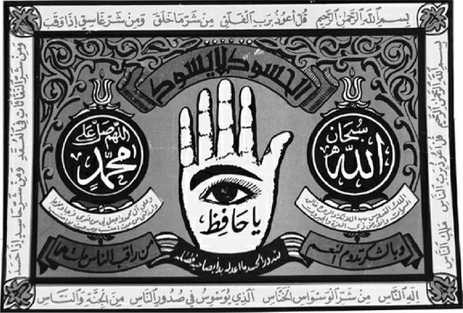
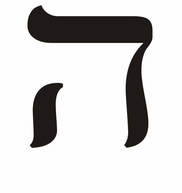
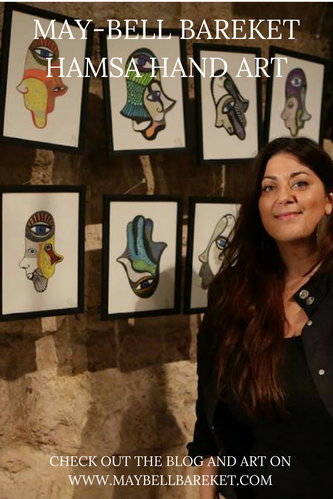
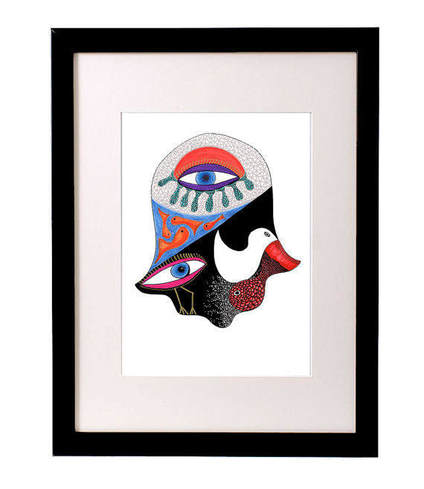
 RSS Feed
RSS Feed
